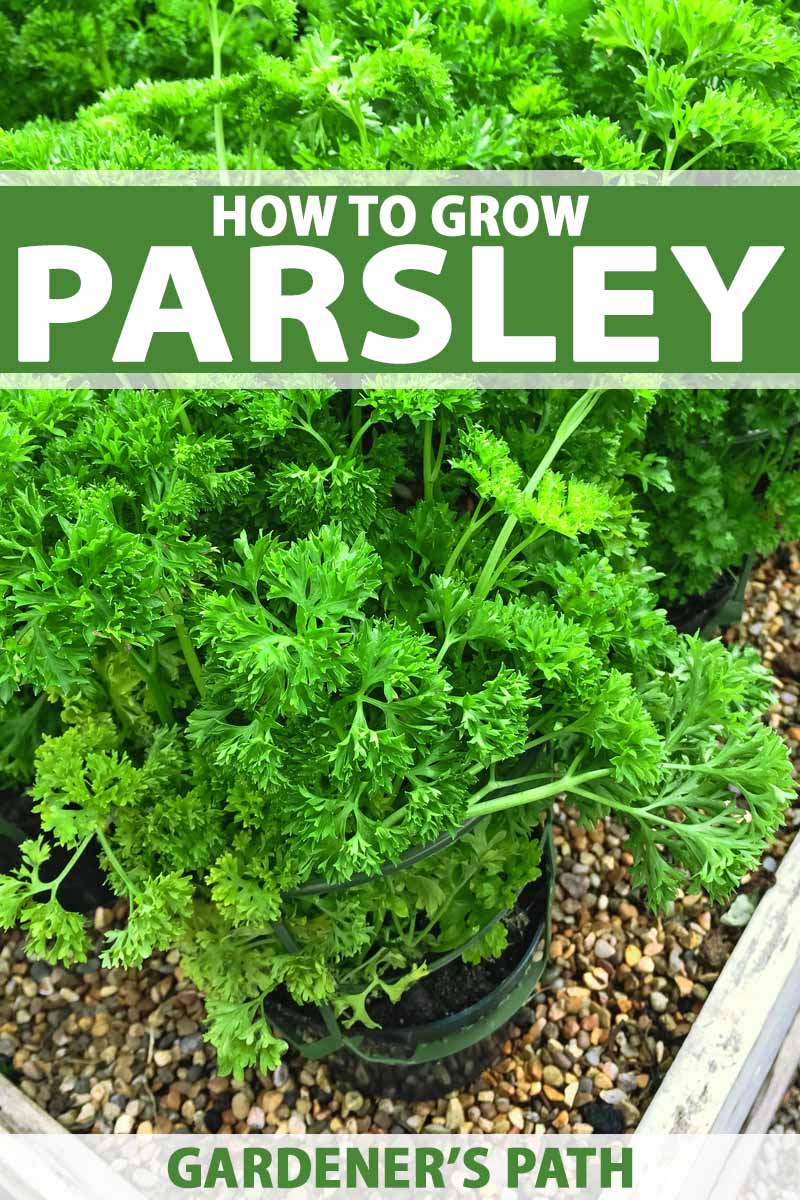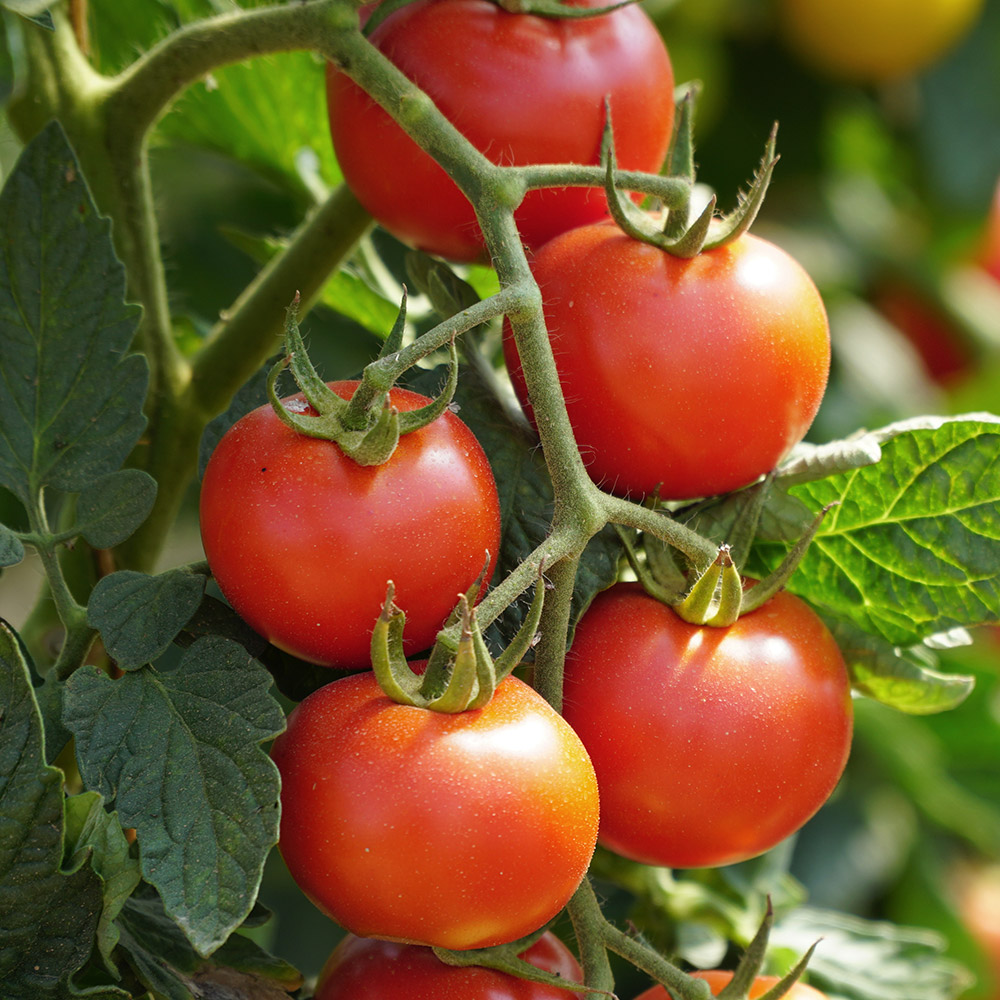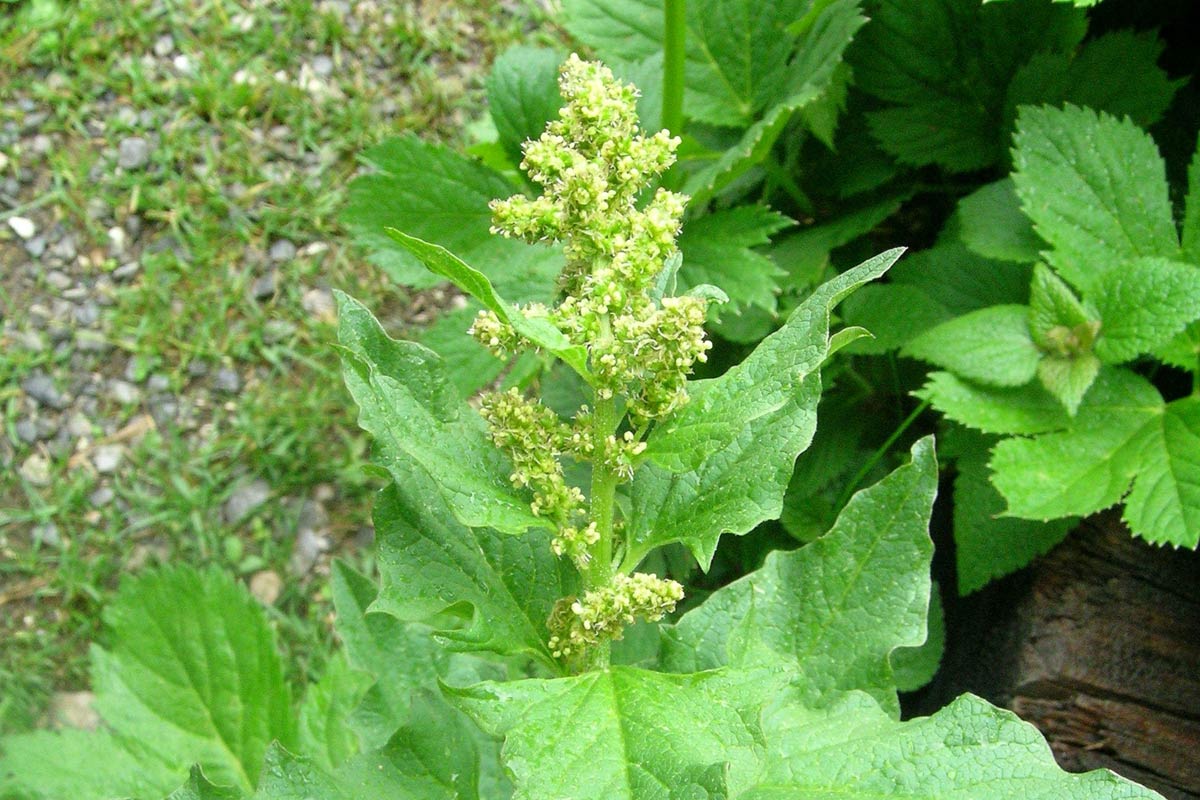Good King Henry Companion Plants That Will Help Your Garden Thrive
Good King Henry is a perennial herb that is native to Europe and Asia. It is a member of the amaranth family and is closely related to spinach. Good King Henry has been cultivated for centuries and was once a common crop in Europe. However, it fell out of favor in the 19th century due to the introduction of new vegetables, such as broccoli and Brussels sprouts.
Good King Henry is making a comeback in recent years due to its nutritional value and hardiness. It is a good source of vitamins A, C, and K, as well as iron, calcium, and potassium. Good King Henry is also a relatively easy plant to grow and can be grown in a variety of climates.
One of the best things about Good King Henry is that it is a great companion plant. Companion planting is the practice of planting certain plants together in order to benefit each other. Good King Henry can be planted with a variety of other plants, including:
- Beans: Beans are legumes, which means they can fix nitrogen in the soil. This can benefit Good King Henry, as nitrogen is an important nutrient for plant growth.
- Peas: Peas are another legume that can fix nitrogen in the soil. They can also help to suppress weeds and improve soil drainage.
- Potatoes: Potatoes are a good source of potassium, which is another important nutrient for plant growth. They can also help to suppress weeds and improve soil drainage.
- Spinach: Spinach is a cool-season crop that can provide shade and moisture for Good King Henry during the hot summer months.
- Nasturtiums: Nasturtiums are known for their bright orange and yellow flowers. They can also attract beneficial insects, such as ladybugs and lacewings, which can help to control pests.
- Parsley: Parsley is a good source of vitamins A and C, as well as iron and calcium. It can also help to improve soil drainage and attract beneficial insects.
Good King Henry can also be planted with flowers, such as marigolds and lavender. These flowers can help to attract beneficial insects and deter pests.
By planting Good King Henry with companion plants, you can help to create a healthy and productive garden. Companion planting can help to improve soil quality, suppress weeds, control pests, and attract beneficial insects. It is a great way to get the most out of your garden and reduce the need for pesticides and herbicides.
Good king Henry is a perennial vegetable that is related to spinach and quinoa. It has a mild, spinach-like flavor and can be eaten cooked or raw. Good king Henry is a great companion plant for a variety of other vegetables, including beans, peas, and potatoes. It can also help to repel slugs and snails.
If you are interested in learning more about good king henry companion plants, I recommend visiting Gardenia Inspiration. This website has a comprehensive list of companion plants for good king Henry, as well as information on how to plant and care for this versatile vegetable.
FAQ of good king henry companion plants
- What are good companion plants for good king henry?
Good king henry is a perennial herb that is native to Europe and Asia. It is a member of the goosefoot family and is related to spinach and quinoa. Good king henry is a hardy plant that can tolerate a wide range of growing conditions. It prefers full sun but can also tolerate partial shade. Good king henry is a nitrogen-fixing plant, which means that it can help to improve the soil quality in your garden.
Some good companion plants for good king henry include:
- Parsley: Parsley is a good companion plant for good king henry because it attracts beneficial insects and can help to improve soil quality.

- Peas: Peas are another legume that can help to fix nitrogen in the soil, which is beneficial for good king henry and other plants.
- Spinach: Spinach is a cool-season crop that can provide shade and moisture during the hot summer months.

- Tomatoes: Tomatoes and good king henry make great companions because they have different nutrient requirements and can share the same space in the garden without competing for resources.

- Carrots: Carrots and good king henry can be planted together because they have different root systems and will not compete for resources.
- Does good king henry spread?
Yes, good king henry can spread by seed and by rhizomes. However, it is not considered to be an invasive plant. If you are concerned about good king henry spreading, you can plant it in a contained area or remove any unwanted seedlings.
- How do I take care of a good king henry plant?
Good king henry is a relatively easy plant to care for. It prefers full sun but can also tolerate partial shade. Good king henry is a drought-tolerant plant, but it will benefit from regular watering during hot, dry weather. Good king henry does not require a lot of fertilizer, but you can add compost or manure to the soil before planting to help improve fertility.
- What are the benefits of companion planting with good king henry?
There are many benefits to companion planting with good king henry. Some of the benefits include:
- Attracting beneficial insects: Good king henry attracts beneficial insects, such as ladybugs and hoverflies, which can help to control pests in your garden.
- Improving soil quality: Good king henry is a nitrogen-fixing plant, which means that it can help to improve the soil quality in your garden.
- Providing shade and moisture: Good king henry can provide shade and moisture to other plants, which can be beneficial in hot, dry weather.
- Distracting pests: Good king henry can be a good plant to use to distract pests from other plants in your garden.
- Competition for resources: Good king henry and its companion plants have different nutrient requirements, so they will not compete for resources.
- What are some common pests and diseases of good king henry?
Good king henry is a relatively pest- and disease-resistant plant. However, it can be susceptible to a few pests and diseases, such as:
- Aphids: Aphids are small, sap-sucking insects that can damage good king henry plants. You can control aphids with insecticidal soap or neem oil.
- Slugs and snails: Slugs and snails can also damage good king henry plants. You can control slugs and snails with beer traps or diatomaceous earth.
- Powdery mildew: Powdery mildew is a fungal disease that can cause white, powdery spots on good king henry leaves. You can control powdery mildew with a fungicide.
Image of good king henry companion plants
- Garlic. Garlic helps to repel pests that can damage good king henry, such as aphids and cabbage moths.

- Onions. Like garlic, onions also help to repel pests. They also add nitrogen to the soil, which benefits good king henry.

- Marigolds. Marigolds are known for their insect-repelling properties. They can help to keep pests away from good king henry, such as beetles and nematodes.

- Nasturtiums. Nasturtiums are another good companion plant for good king henry. They help to attract beneficial insects, such as ladybugs and lacewings, which prey on pests.

- Cucumbers. Cucumbers and good king henry can be planted together because they have different growing habits. Cucumbers grow upwards, while good king henry grows outwards. This allows them to share the same space without competing for resources.

Post a Comment for " Good King Henry Companion Plants That Will Help Your Garden Thrive"